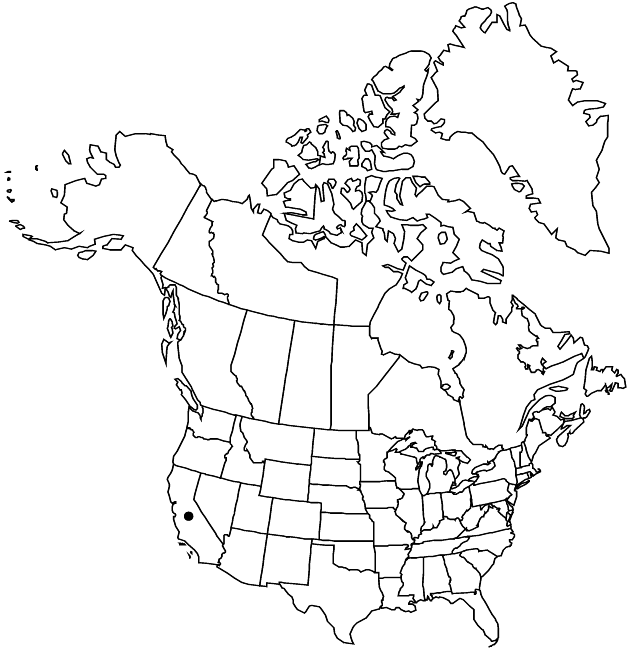Coreopsis gigantea
Univ. Calif. Publ. Bot. 3: 142. 1907.
Basionym: Leptosyne gigantea Kellogg Proc. Calif. Acad. Sci. 4: 198. 1872
Subshrubs or shrubs (± pachycaul, fleshy), (10–) 30–250+ cm. Leaf lobes mostly filiform, 10–35 (–75) × 0.5–1 (–2) mm. Heads (1–) 8–12+ per stem. Peduncles 4–12 (–18+) cm. Calyculi of 4–12+ ovate to linear bractlets (5–) 7–12+ mm. Phyllaries 8–14+, lanceovate, 10–12+ mm. Ray-florets 8–13+; laminae 20–35+ mm. Disc corollas 5–6 mm. Cypselae oblong-obovate, 5–7 mm. 2n = 24.
Phenology: Flowering Jan–Jul.
Habitat: Coastal bluffs, dunes
Elevation: 0–200 m
Distribution

Calif., Mexico (Baja California)
Discussion
Selected References
None.
Lower Taxa
None.
"broader" is not a number.
... more about "Coreopsis gigantea"
introrse +
connate +
herbaceous +
2-3-toothed;entire +
scarious +
absent +
hirsute +
papillate +
continuous +
decurrent +
simple +
entire +
lobed +
winged;ribbed;winged;ribbed +
3;8 +
distinct +
herbaceous +
4;12 +
ovate;linear +
stigmatic +
absent +
zygomorphic +
yellow +
bristly +
0.1mm;0.2mm +
dimorphic +
oblong-obovate +
5mm;7mm +
staminate +
straight +
beaked +
glabrous +
linear-fusiform;4-angled;ovate;orbiculate;oblong;linear;cuneate +
distinct +
proximal +
1;5 +
bisexual +
dispersed +
singly +
indeterminate +
8;12 +
surrounding +
less globose;cylindric +
yellow +
broadest +
alternate +
filiform +
cauline +
scarious +
2-carpellate +
inferior +
attached +
anatropous +
falling +
lanceolate;linear-oblong +
scarious +
persistent +
falling +
absent +
tough +
thick +
absent +
connate +
persistent +
distinct +
falling +
unequal +
Univ. Calif. Publ. Bot. +
1907 +
pistillate +
absent +
fertile +
paleate +
flat;convex +
fibrous +
exalbuminous +
modifed +
alternate +
branched +
erect +
2-branched +
papillate +
Coreopsis gigantea +
Coreopsis sect. Tuckermannia +
species +
equaling +
perennial +
entire +
not ciliolate +